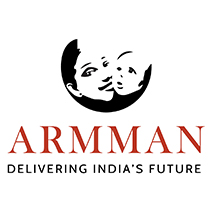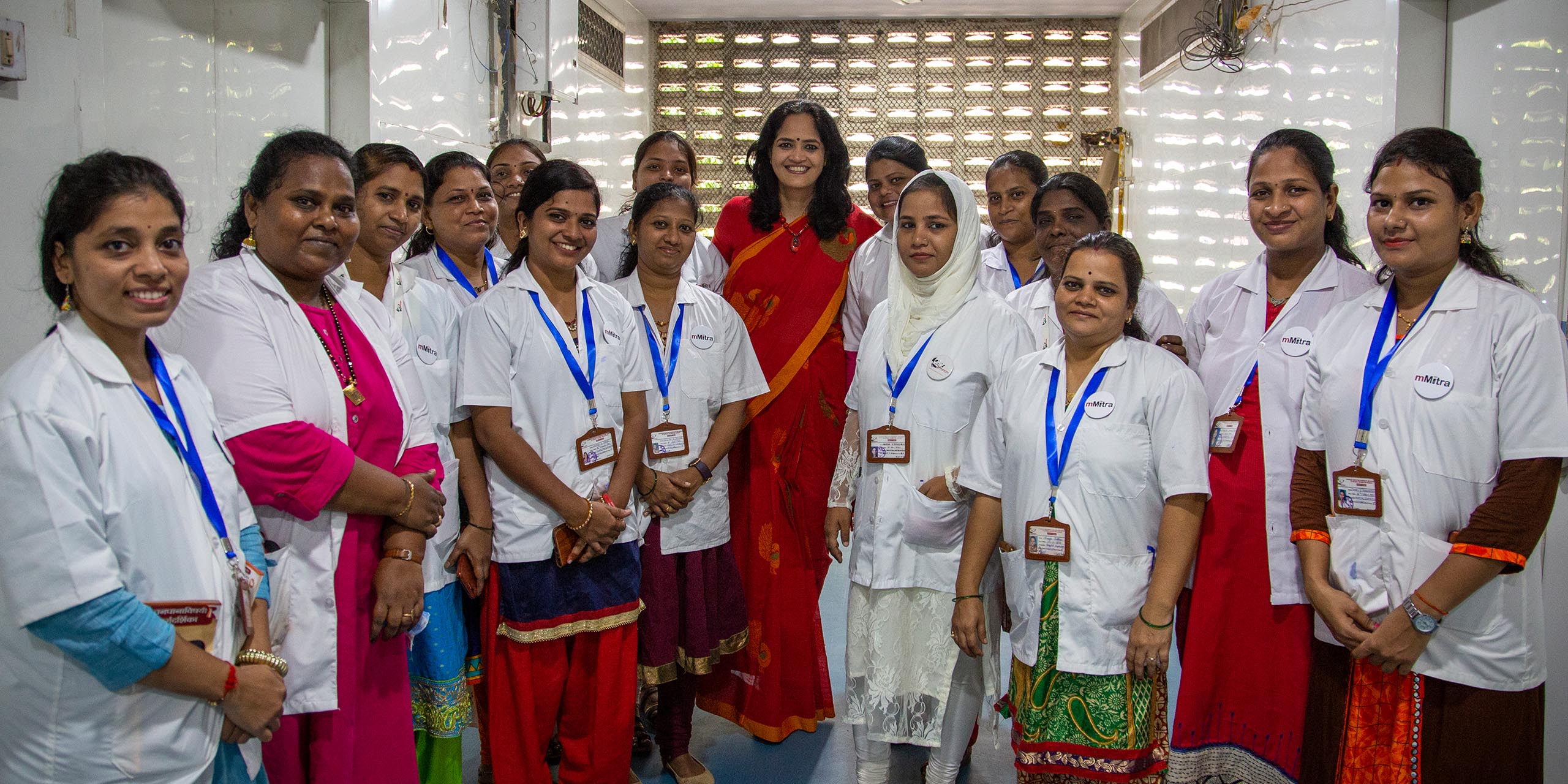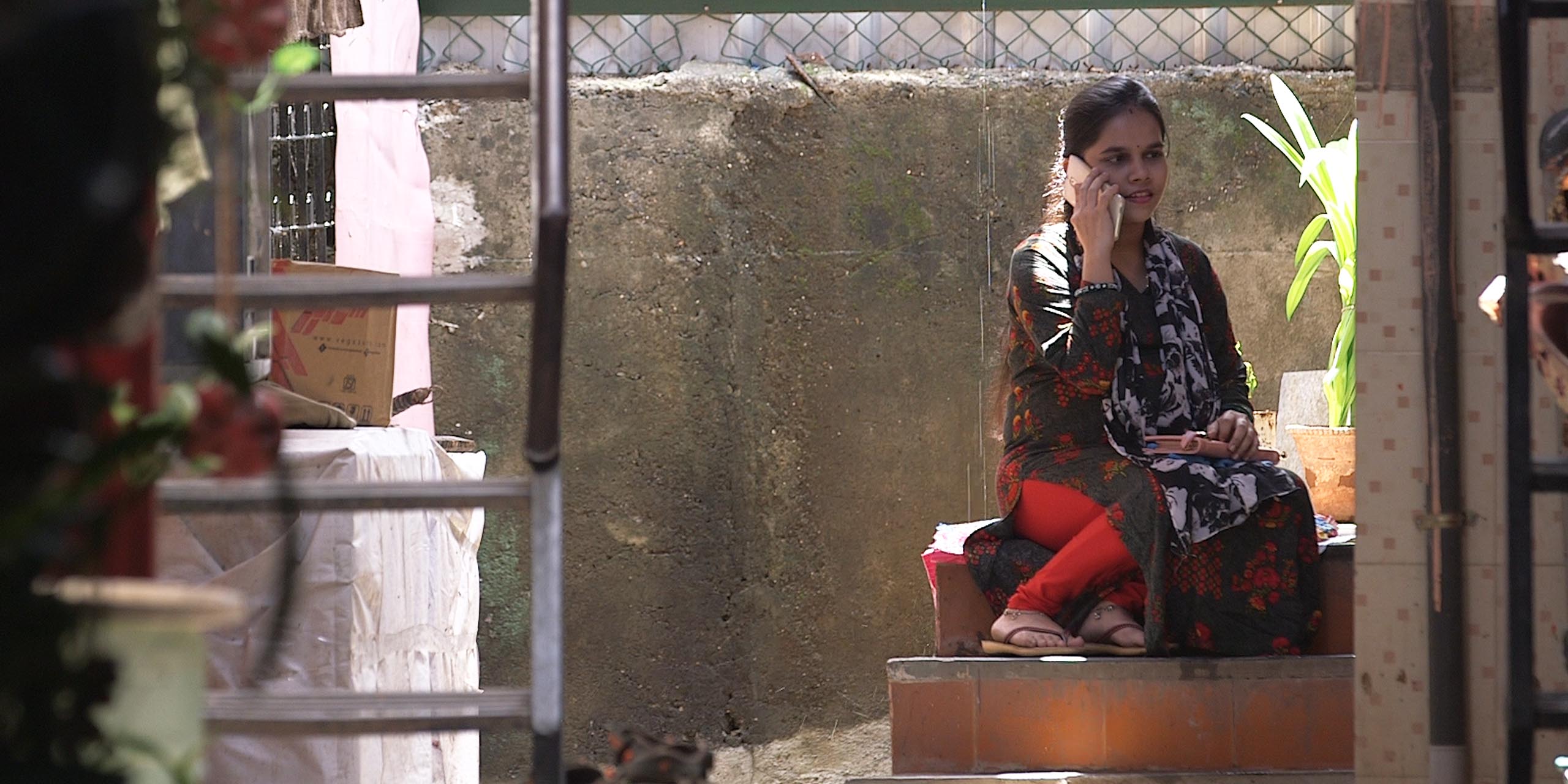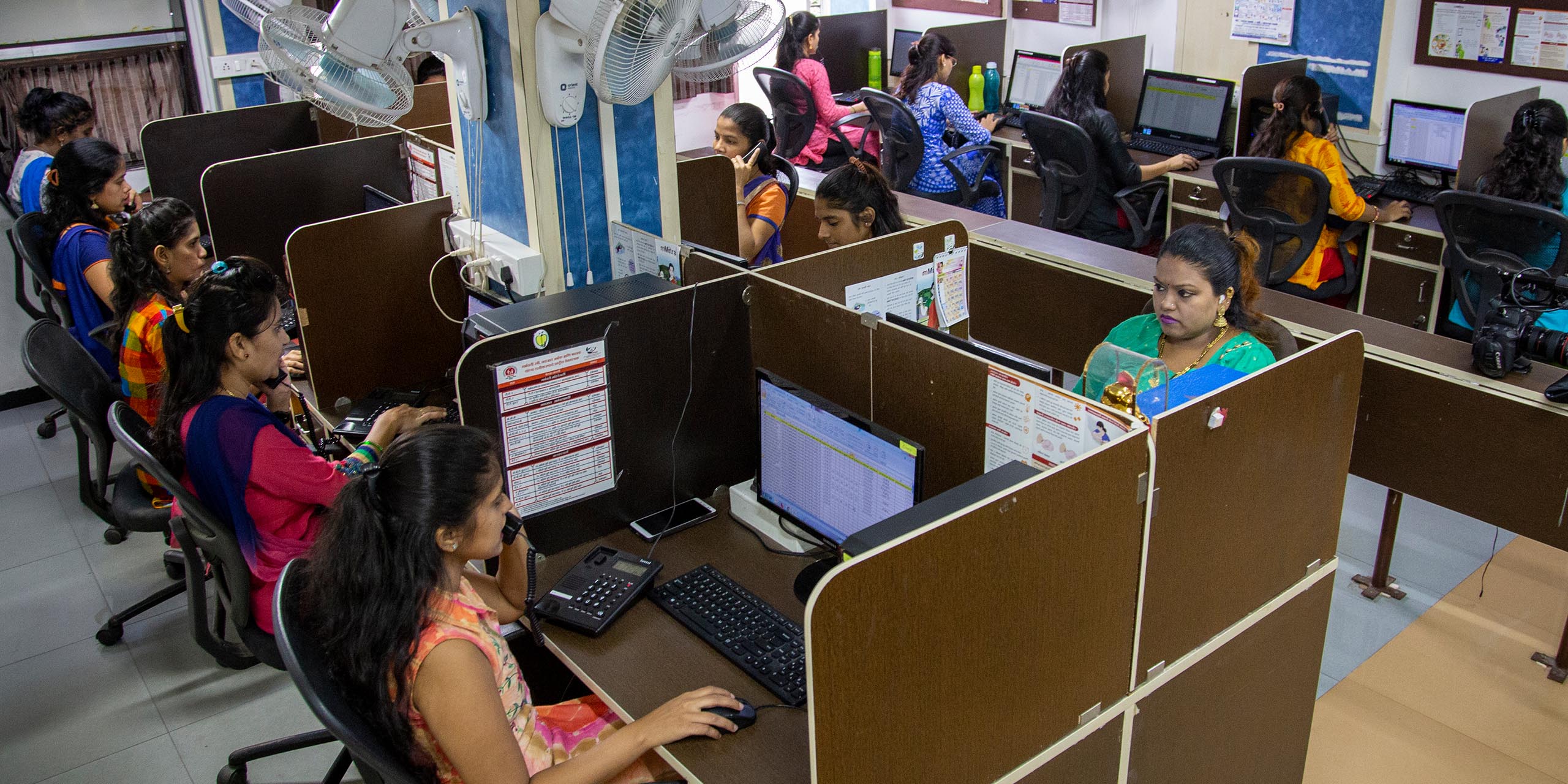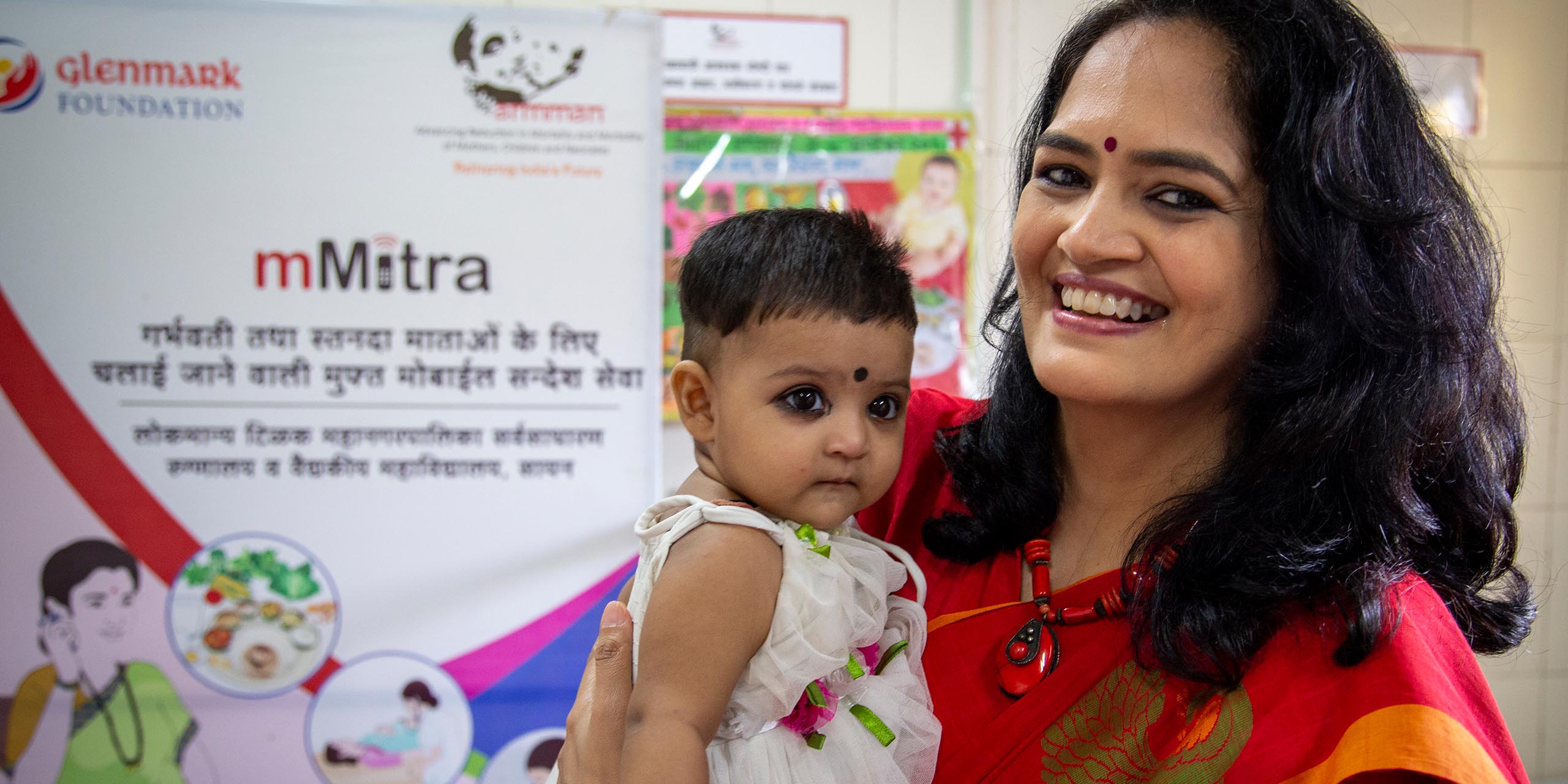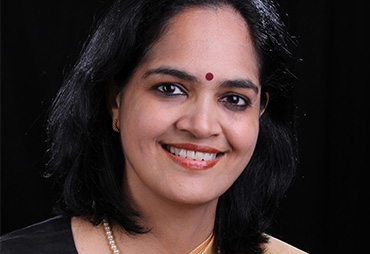With 30 million pregnancies and 27 million live births annually, India accounts for 11 percent of the global maternal mortality burden. A woman dies in childbirth every fifteen minutes. For each woman who dies, twenty suffer from life-long disability. Two children under five die each minute and four of 10 children are unable to realize their full potential due to chronic undernutrition or stunting. A significant number of these maternal and child deaths are preventable, but delays in a family’s decision to seek care, delays in reaching care, and delays in receiving care contribute to high rates of maternal and child mortality and morbidity.
To address these challenges, ARMMAN leverages technology to expand information access and promote health seeking behavior for pregnant women, mothers, and children along with training health care providers to improve health service delivery. Through a free mobile voice call service, mMitra, ARMMAN sends timed and targeted preventive care information weekly to mothers during pregnancy and infancy. It recently partnered with the Government of India to jointly manage a similar platform, Kilkari that has delivered care information weekly to 16 million subscribers in five languages. Its partnership with the government also includes a mobile learning platform, Mobile Academy that trains government frontline health workers (ASHAs), reinforcing and refreshing their knowledge of life-saving preventative health behaviors and improving the quality of their engagement with pregnant women, mothers, and children. Mobile Academy has reached 150,000 frontline health workers (ASHAs). It is also working with the government on creation and nation-wide up scaling of protocols for management of high-risk pregnancies by health care providers.
ARMMAN deploys the ‘tech plus touch’ model that leverages the existing frontline health worker network of the government and partner NGOs with the ubiquity of the mobile phone, to achieve scale cost-effectively. ARMMAN is working towards an India where pregnant women and mothers are equipped with the best health information available, high-risk pregnancies are identified earlier and managed correctly, and maternal and child mortality rates vastly diminish.

